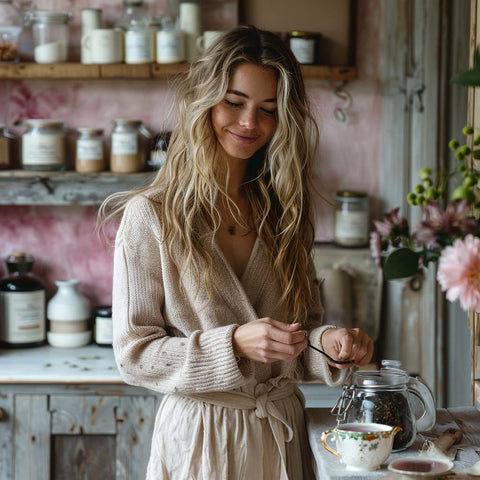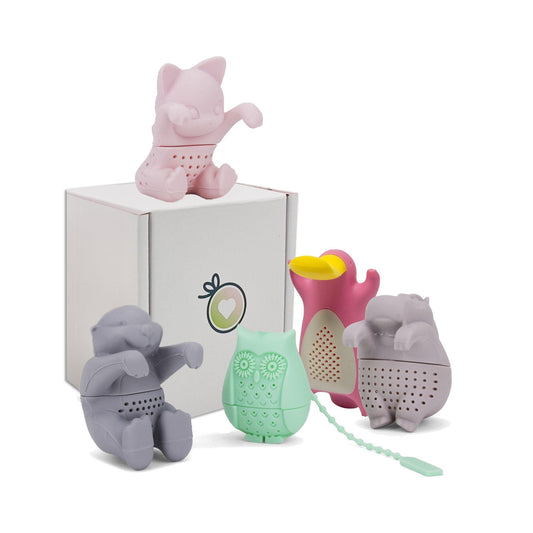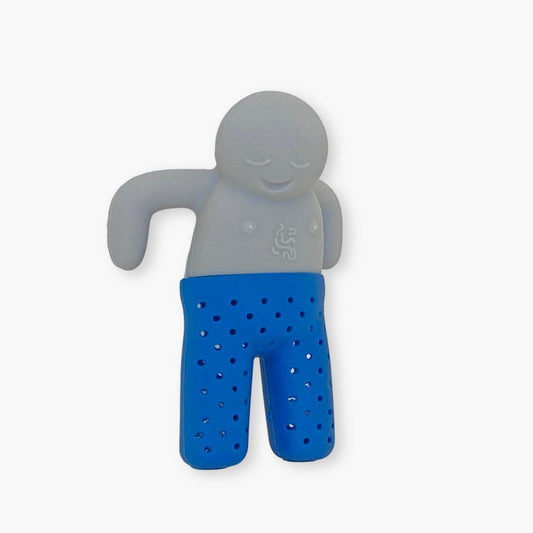
Making a splendid cup of loose-leaf tea is akin to a harmonious symphony—it’s all about balance, precision, and a touch of personal flair. If you're new to the world of loose-leaf tea or seeking to perfect your brewing technique, this guide will lead you to the quintessential cup every tea aficionado strives for.
Understanding the Nuances of Loose Leaf Tea Brewing
Loose-leaf tea is the essence of what tea is meant to be, offering a rich tapestry of flavors and aromas that can only be achieved through proper brewing. Unlike its pre-packaged counterpart, loose-leaf tea requires a touch of savoir-faire to unlock its full potential.
While factors such as water temperature and tea steeping time are crucial for different tea varieties, the cornerstone of an exceptional brew lies in the ratio of tea to water. Too much tea can result in a brew that's overpowering and bitter, while too little leaves you with a lackluster infusion. The goal is to find that sweet spot, yielding a cup that's robust and satisfying without being overpowering.
The Ideal Tea-to-Water Ratio
As a guideline, a single serving of loose-leaf tea is often recommended as 2 grams per 8 ounces of water. This standard serves as a benchmark for a balanced brew, but it's by no means set in stone. Factors such as cup size, personal taste preferences, and the type of tea can shift this ratio.
For those without a scale, worry not; here’s a practical approach to gauging the right amount of tea for an 8-ounce cup:
- Black, Green, White, and Oolong Tea: Use about 1 tablespoon.
- Herbal Teas: Adjust the amount based on herb size. A heaping tablespoon works well for larger ingredients like flower petals, while a teaspoon suffices for finer cuts like peppermint leaves.
Variables to Contemplate in Your Tea Journey
Consider the physical characteristics of the tea leaves themselves. Large, unbroken leaves or those that haven't been rolled tightly will take up more space, requiring a more generous measure. Conversely, tightly rolled or finely cut teas pack more flavor and should be used more sparingly.
Blended teas come with their own set of variables. If your blend includes chunky herbs or whole spices, a heaping measure ensures you’re not short-changing the flavor profile. On the other hand, finely flavored teas can be adjusted to taste—more for an intense burst of flavor, less for a subtle hint.
Brewing a Pot or Customizing Your Cup of Tea
When scaling up to a larger pot, simply proportion the tea quantity to match the total volume of water. A typical 3-cup teapot might require around 3 tablespoons of tea, depending on the specific tea type and your taste preference.
And when it comes to tailoring the strength of your brew, the power lies in your hands. Feel free to heap your tablespoon for a bolder flavor or dial back to a teaspoon for a milder infusion. Remember, loose-leaf tea often welcomes multiple infusions, each one gently fading
in intensity but offering a new layer of subtlety for the palate to explore.
Mastering the Perfect Cup
Now that you're armed with the knowledge and tips for a flawless loose-leaf tea experience, it's time to put theory into practice. Remember, the beauty of tea lies as much in the journey as in the destination—a perfectly brewed cup is a personal achievement as unique as the tea drinker themselves.
Embrace the versatility of loose-leaf tea and fine-tune your method until it becomes second nature, a comforting ritual that brings a moment of serenity to your day. Whether you enjoy your brew with a hint of honey, a splash of milk, or the unadulterated purity of the leaves themselves, each cup is a testament to the time-honored tradition of tea drinking.


















